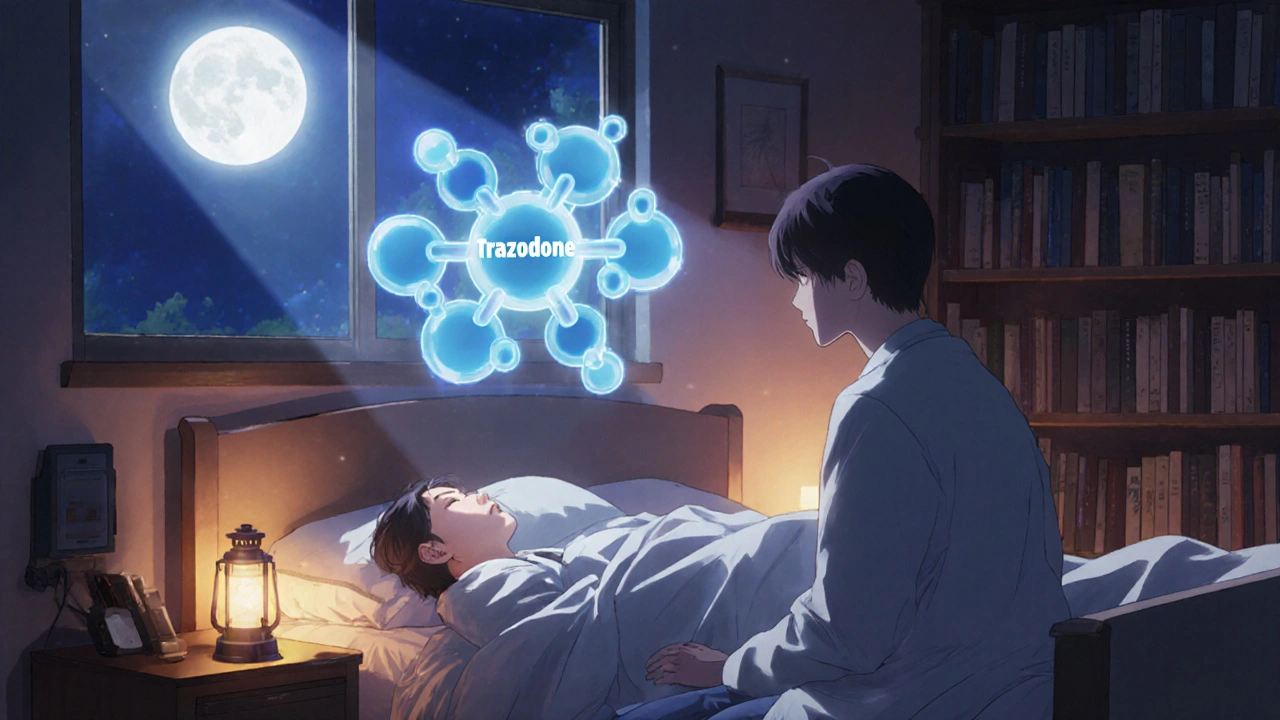Zolpidem – Quick Guide & Resources
When working with zolpidem, a short‑acting hypnotic medication prescribed for night‑time insomnia. Also known as Ambien, it belongs to the class of non‑benzodiazepine hypnotics that act on the GABA‑A receptor to promote sleep without the typical benzodiazepine profile. People suffering from insomnia often turn to zolpidem because it helps them fall asleep faster and stay asleep longer, but proper dosing is crucial to avoid next‑day drowsiness or dependence. zolpidem is regulated as a prescription sleep aid, meaning doctors must evaluate a patient’s medical history, potential drug interactions, and the risk of misuse before writing it.
Key Considerations When Using Zolpidem
First, understanding the dosage range is essential: the typical adult dose is 5‑10 mg taken right before bedtime, and the drug should only be used when you can get a full night’s sleep (7‑8 hours). Taking it with alcohol or other central nervous system depressants can amplify sedation and raise the chance of accidents. Second, because zolpidem is a non‑benzodiazepine, its withdrawal symptoms differ from traditional benzodiazepines, yet abrupt discontinuation after long‑term use can still cause rebound insomnia or anxiety. Third, many health guidelines now recommend the lowest effective dose and limit use to short‑term periods—usually two weeks or less—to reduce tolerance buildup. Finally, some patients report unusual behaviors like sleepwalking or “sleep driving” while on zolpidem; these rare side effects underline the importance of close monitoring and reporting any odd experiences to a healthcare provider.
Our collection below pulls together practical guides that break down how zolpidem stacks up against other sleep medications, offers tips for safe ordering and dosing, and dives into the science behind its action on the brain. Whether you’re new to sleep aids, looking to compare costs, or need advice on managing side effects, the articles ahead give you the clear, actionable info you need to make informed choices about your nighttime health.
Trazodone vs Alternative Sleep and Antidepressant Medications - 2025 Comparison Guide
A 2025 guide comparing Trazodone with five common alternatives, covering uses, side effects, dosage, and best‑fit scenarios for depression and insomnia.
